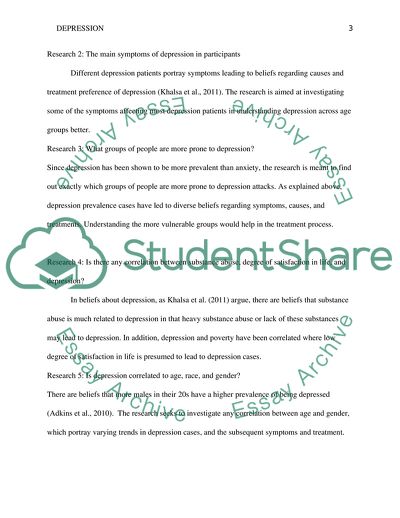Cite this document
(Correlation between Age and Gender which Portray Varying Trends in Admission/Application Essay, n.d.)
Correlation between Age and Gender which Portray Varying Trends in Admission/Application Essay. https://studentshare.org/education/1774521-communcation-studies
Correlation between Age and Gender which Portray Varying Trends in Admission/Application Essay. https://studentshare.org/education/1774521-communcation-studies
(Correlation Between Age and Gender Which Portray Varying Trends in Admission/Application Essay)
Correlation Between Age and Gender Which Portray Varying Trends in Admission/Application Essay. https://studentshare.org/education/1774521-communcation-studies.
Correlation Between Age and Gender Which Portray Varying Trends in Admission/Application Essay. https://studentshare.org/education/1774521-communcation-studies.
“Correlation Between Age and Gender Which Portray Varying Trends in Admission/Application Essay”. https://studentshare.org/education/1774521-communcation-studies.


